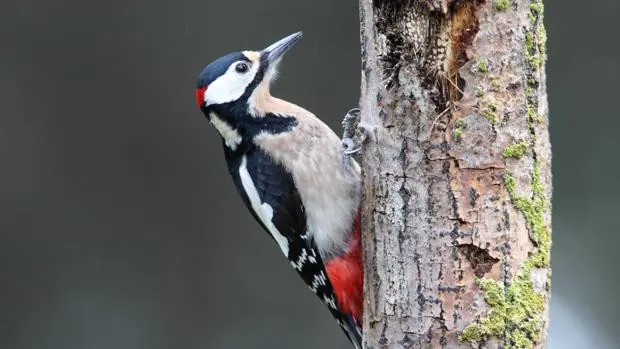 It's been more than 3.8 billion years since the first bacteria appeared on Earth, and since then, nature has continued to innovate. During this time, living beings capable of flying, living in the depths of the ocean, harnessing solar energy, and so on have emerged. And in this unstoppable evolution, we—Homo sapiens—have emerged, using nature as a source of inspiration.
It's been more than 3.8 billion years since the first bacteria appeared on Earth, and since then, nature has continued to innovate. During this time, living beings capable of flying, living in the depths of the ocean, harnessing solar energy, and so on have emerged. And in this unstoppable evolution, we—Homo sapiens—have emerged, using nature as a source of inspiration.
Perhaps the most representative case, but certainly not the first, is the polymath Leonardo da Vinci, who attempted to imitate bird wings in his flying machines. Birds have been the subject of constant study by engineers.
In 1799, Sir George Cayley, a British engineer, devised what we might consider the modern concept of an airplane, based on the lift provided by the gliding flight of vultures.
Engineers were looking for airplanes capable of reaching the speed of a falcon, hovering like an albatross, and gliding like a vulture. For this reason, just as birds have different types of wings, in airplane design we can find different types of wings (rectangular, trapezoidal, elliptical, swept, delta wing, etc.) designed to favor a specific type of flight.
In the animal kingdom, feathers also play a key role: the alulae increase lift at low speeds and reduce turbulence; the remiges generate lift for takeoff and reduce speed for landing; the wing coverts direct airflow under the wings; and the scapulars connect the wings to the scapulae.
The equivalent of feathers are flaps, which vary the angle, shape, and surface area of aircraft wings to increase lift at low speeds and create greater drag.
Finally, the aircraft tails (standard, T-shaped, cross-shaped, V-shaped, with vertical stabilizers, etc.) are inspired by the different types of bird tails.
Silencing the trains
The appearance of the first bullet train, which reached speeds of 300 km/h, posed a new challenge: to minimize as much as possible the roar produced when the train emerged from the tunnels. The solution came from an engineer, Eiji Nakatsu, an ornithology enthusiast. He was inspired by the beak of the kingfisher for the train's design, achieving a machine that consumed less energy and was quieter. A design that was copied in the 102 series of the AVE (High Speed Train).
Despite the noise, it was then that Japanese engineers turned their attention to another bird: the owl. Thanks to their serrated feathers, they achieve one of the quietest flights, allowing them to surprise their prey in the silence of the night. Their feathers have fimbriae, or serrated edges, that break the air, forming microturbulence that muffles the sound.
The engineers created a smooth, laminar flow induced by the aerodynamic edge, so that at a speed of 320 km/h the noise was only 73 dB, while obtaining an additional benefit in terms of fuel efficiency.
With the blow of an ice axe
The woodpecker is capable of pecking at tree bark up to twenty-five times per second without suffering microtrauma to the brain. This is possible thanks to a peculiar anatomical design that absorbs the impact against the trunk. This model was copied by an industrial designer to create an ice axe with a better angle for handling, a more balanced swing, and a more efficient strike.
Pedro Gargantilla is an internist at the El Escorial Hospital (Madrid) and author of several popular books.
